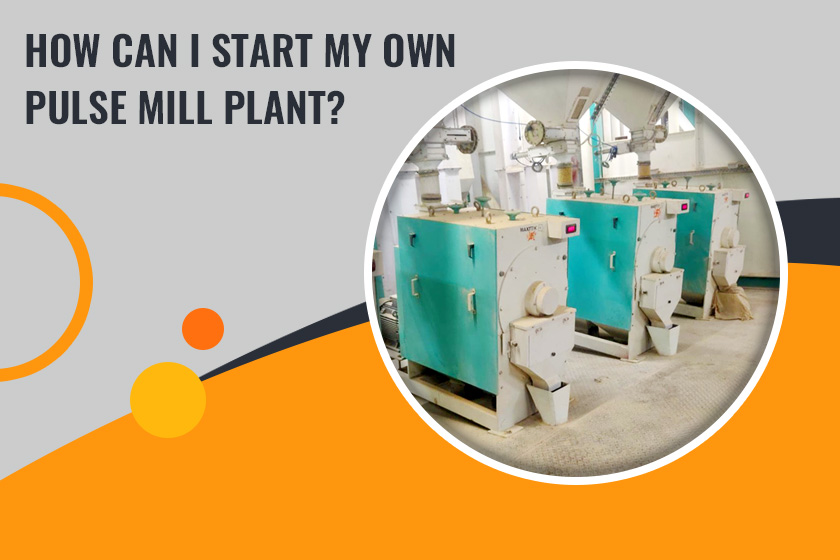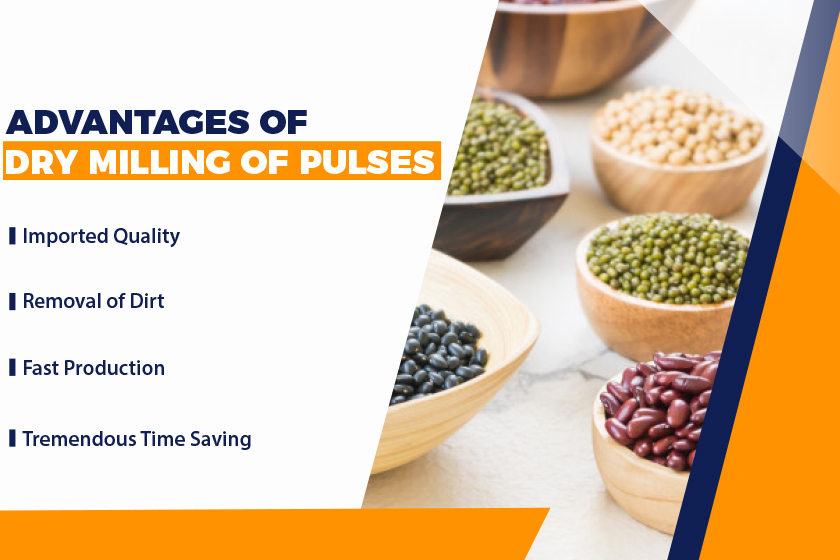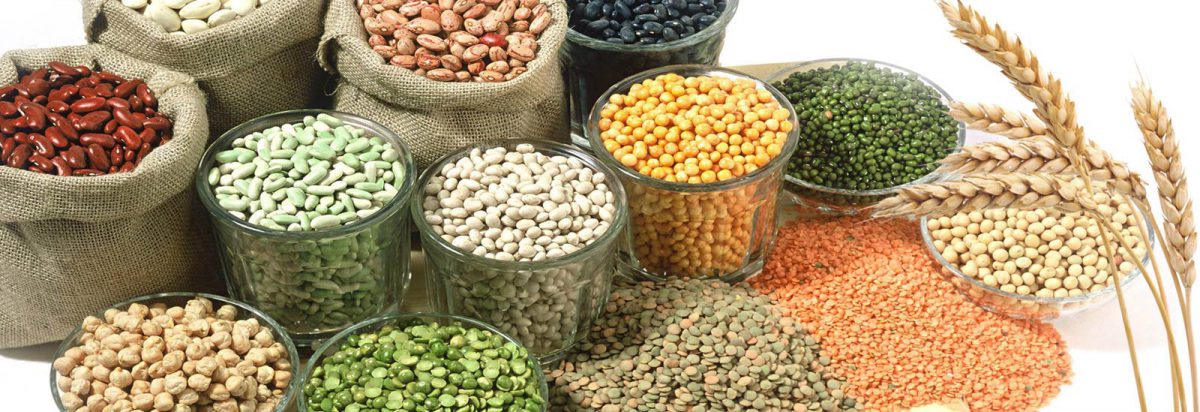Do you wish to start a new pulse mill plant? Are you penetrating for the finest dealings? You are at the exact objective. Starting a new pulse mill plant is a daunting process. Of course, it includes a lot of things to keep in mind. With a detailed result, the pulse mill plant must relevant to the profits and it must be spacious enough to start. In India, starting your pulse mill might be a big thing as it requires lots of things to carry out. You should ensure safety and spacious thing at first when starting up a new mill plant.
Make checklist
At first, you should check what things we should add for starting up a new pulse mill plant. A detailed report will help them to assure on establishing a business without major mistakes. You need to plan well before moving to find the best space for rent or buy. Preparing a detailed report helps us to set up a new dulse mill plan as easily as possible.
Consider machinery space
On the other hand, the Dal Mill Plant must have a large space to occupy. So, you choose a large size that delivers a smooth solution forever. You must prefer a locale away from the uptown part. So, it helps you to overcome the hassles faced by citizens. It allows you to do more productivity when compared to others. In the case of multiple issues, the pulse mill plant may solve them immediately.
Capital needed
The capital is what we should focus on setting up a new pulse mill plant. We must have enough money to buy equipment and machinery for the plan. When planning a business, we must have money for investment. So, we should check the possible outcomes faced when setting up an own pulse mill Business.
Registration and license
Finally, the pulse mill plant must have the necessary registration process. However, they need to acquire proper license and registration certification. You can also consider the financial outcomes for setting up a new Dal mill plant as well. So, you should consult a professional Pulse Milling Plant Consultant to get registration and other details.
Location
Location is the main thing we should see when starting a new pulse mill plant. If you set up the plant nearby, it put on more consumers. They will comfortable when your pulse mill plant is easily reachable. So, keep these things in mind before starting a new Pulse mill plant.
 MAIL US :
MAIL US :
 CALL US :
>
CALL US :
>


